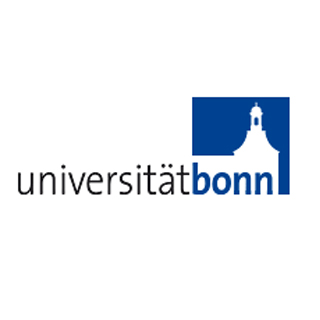
Brown adipose tissue supposedly varies from white fat pads. It included masses of supposed mitochondria, mini power plants that could burn fat, amid additional things. Typically, they are said to supply the energy for cellular procedures. The mitochondria of brown fat cells is believed to continually run on full speed, the energy that is liberated in the degradation of fat in them apparently evaporates as heat.
Professor Alexander Pfeifer from the Bonn PharmaCentre explained, “Brown fat acts like a natural heating system. For example, babies would get cold very quickly without this mechanism.â€
Formerly, it was believed that brown fat was present only in newborn babies and was gone with age. Nonetheless, this year, different groups could establish that this is not right. Apparently, even adults have a buildup of brown fat in the neck region. But with extremely obese people, this deposit is said to be only fairly active or is totally not present.
The scientists from Bonn, Heidelberg, Cologne, Martinsried, Germany and the Federal Institute for Drugs and Medical Devices (BfArM) could now display which signals encourage the body to generate brown fat cells. A trail which is managed by the PKG enzyme apparently assumes an important function in this procedure. This pathway could lead to the stem cells of the fatty tissue turning brown fat cells. For this, it activates on the mass production of mitochondria and apparently ensures that UCP is produced.
Alexander Pfeifer commented, “Furthermore, we were able to show that PKG makes brown fat cells susceptible to insulin. Therefore PKG also controls how much fat is burnt in general.â€
Mice devoid of PKG apparently have a lower body temperature, as the researchers could display it with a thermographic camera. The animals in the thermal image are supposedly in short of an ‘energy spot’ between the shoulder blades, i.e. the position where usually the brown fat is energetic.
The researchers doubted that a disorder of the brown fatty tissue could result in obesity in adults. If it were feasible to switch on the ‘natural heating system’ again, the trouble of surplus fat could be swiftly resolved. As per estimates, around 50 grams of active brown fatty tissue is apparently adequate for augmenting the basal metabolic rate by about 20 per cent.
Professor Pfeifer mentioned that with the same nutrition and activity the fat reserves would melt at a rate of five kilos per year. By blocking the PKG signaling path in the brown fat they basically want to fight fat with fat.
The finding was published in the journal Science Signaling.
